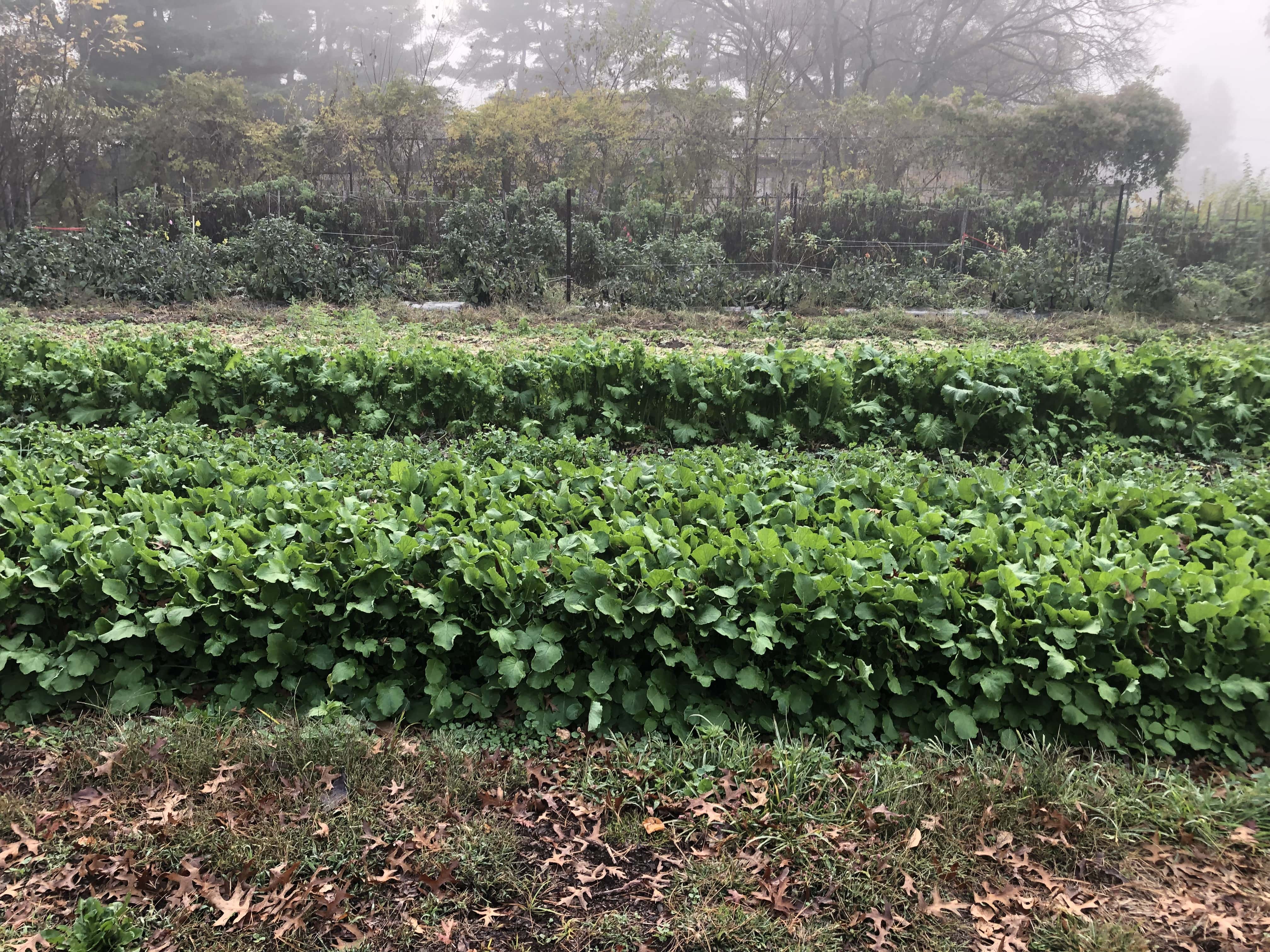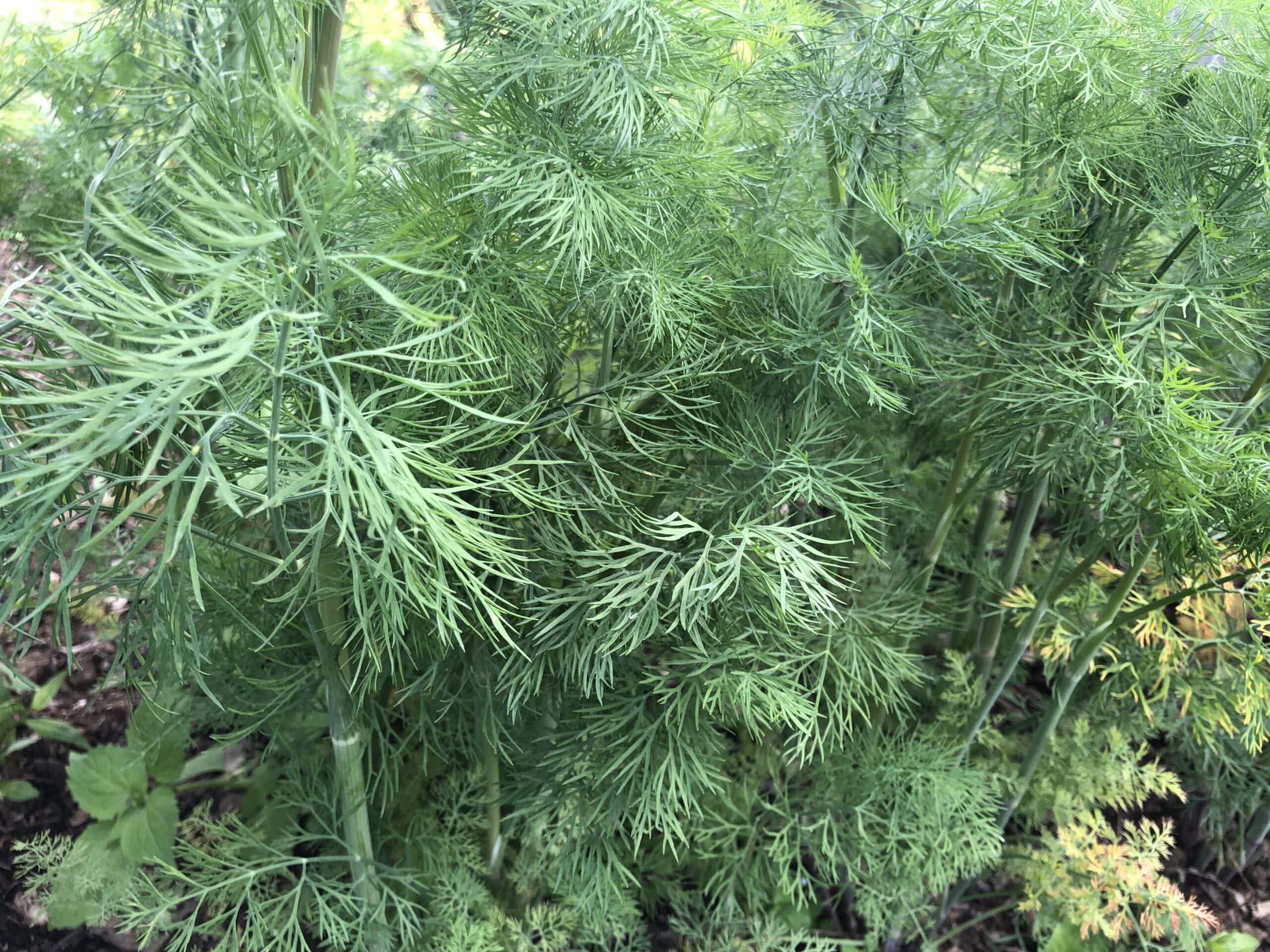This post may contain affiliate links. Probably doesn’t, but it might. It doesn’t cost you anything extra but if you use these links to buy something, we may earn a commission.
This post may contain affiliate links. It doesn’t cost you anything extra but if you use these links to buy something, we may earn a commission.
In order to make a small family farm profitable, you need to farm intensively and you need to be able to sell intensively in a good-priced market.
Selling direct to your customer (DTC “Direct TO Consumer” in business speak) is its own intensive work. It’s why large companies have dedicated sales people and that is all that they do. On the farm, the farmer or a family member gets to be the sales person. This is good, because people who support small farms love to be able to talk with the farmer.
I speak from my experience as a 6th generation farmer on a small family farm. We are small in acreage, 5.5 acres, and large in revenue, 7 figures. But revenue means nothing; it’s keeping money after all the expenses have been paid and after you, the farmer, have been paid. So, the question is framed correctly, “How do you make a small family farm profitable?”
We grow fruits and vegetables profitably. We have a few animals, and they are not profitable. I can speak about making your crops profitable.
The basic formula is you spend less than you bring in. You already know that. Here are some considerations.
Table of Contents
You have to be able to sell what you grow, and you have to be able to sell what you grow for more than what it cost you to grow it.
Read that again. It does you no good to have the most beautiful carrots anyone has ever seen if you sell them for $4 per pound…but it cost you $5 per pound to grow them.
Is it worthwhile to drive to a farmers market in a large city, where you can sell everything and get better prices, or go to a local market, where you sell fewer items at lower prices but it is closer to the farm?
It is important to find the best venue for your products, where you can sell the most in a concentrated amount of time and at the best prices for your work.
There is no point growing microgreens if you cannot sell them. If you do have a market for them, then microgreens can be very profitable. Look at the market and sales part first before you grow a crop.
How many can you sell? If you can sell 20, then growing 50 means you will have excess product. What can you sell it for? What is the season for this crop?
You want to grow crops that are inexpensive to grow, both in cost of seed and in the amount of labor required.
Always calculate how much of your time the crop requires. High maintenance crops should command a higher price, but they have a higher cost. You want easy to grow and an excellent price.
How much will you get out of each linear foot or each square foot?
Johnny’s Select Seeds will give you that information for each crop in their Growers Library, with how many seeds you need for a 100’ row and what the average yield is.
What can you sell zucchini for? $2 per pound? $3 per pound? If you planted 100 heads of lettuce, what can you sell that for? $4 each? Then you can start to compare crops and discover which brings you a better return.
Every project brings us to this point. What will we plant, how much will we harvest, what are the maintenance issues, what will we generate in revenue? Zucchini has to be harvested multiple times each week, lettuce is harvested once. The time required is very different.
Are value added products something you want to do?
Honey, baked goods, jams, essential oils, driedherbs? These products are great for long shelf life, filling out a display, reaching a different market, but they take more work on your part. What does it cost to produce and what you can get for it?
If you charge $6 for jam, but it costs you $5 to make, you are not creating a profit. Your cost needs to be no more than half of what you sell it for, preferably less. Insurance, licenses, equipment, travel expenses, utilities, taxes, mortgage or lease payment…there are lots of expenses that need to be covered in addition to berries, sugar, jars, and labels.
Know what the going rate is to sell a particular crop.
Check wholesale and retail prices. These are a good guideline for how much it should cost you to grow something. If the wholesale cost for carrots is $1 per pound, generally the retail price will be about double. That means it cost 50 cents per pound to grow. The broker earned money through handling it and the price doubled. The store earns money through selling it, and the price doubled. This gives you a guideline for how much it should cost you to grow something. Take that cost and 4x it for your retail price.
Find the crops that you can make that profitable margin on. For us, it is NOT carrots. However, we find leafy greens to be very profitable.
Work with your growing zone and the seasons.
We are zone 7. Technically we could grow pineapples in one of our heated high tunnels, but it would cost more in heating than we could possibly recover. We grow cool weather crops like kale, chard, collards, and lettuce in our winter rotation. Growing tomatoes in January might be fun, but it would not be profitable for us.

Making your small family farm profitable is all about maximizing sales and growing, and being more efficient with costs and time. If you know where you will sell, how many you can sell and at what price, then you can plant what you need for those sales.
I know that small family farms can be profitable. I have the examples of multiple generations who have farmed here, sent all their kids to college, retired early and bought retirement homes, traveled the world, and set the next generation up for success.
If this has been helpful, check out our courses. Growing something in the garden is good for you! We share how we grow on the farm in these courses.
Sign up for our weekly email for insider notes on fruits and vegetables, flowers, and farming.
Happy growing and happy eating!
~Ruth





